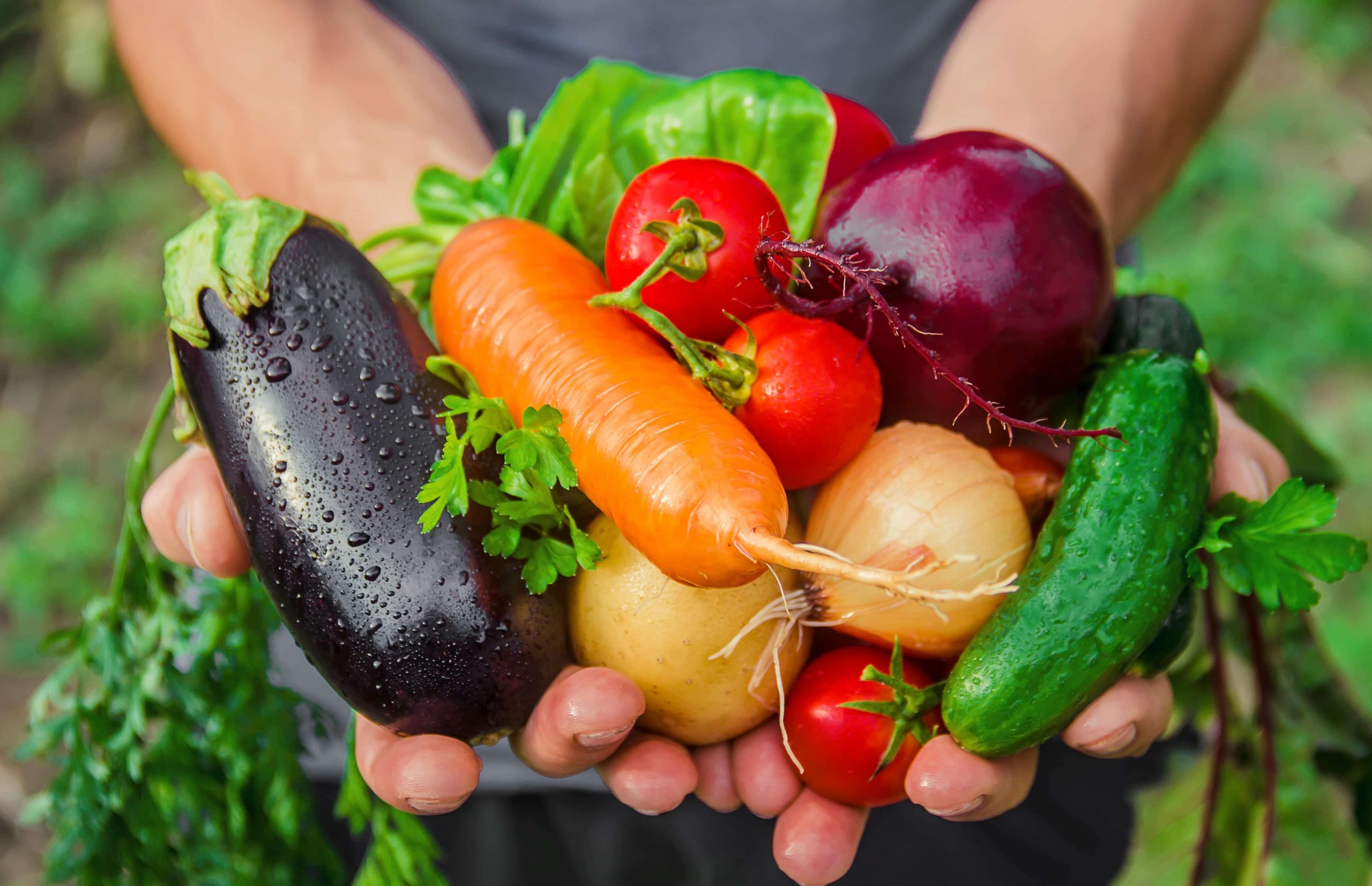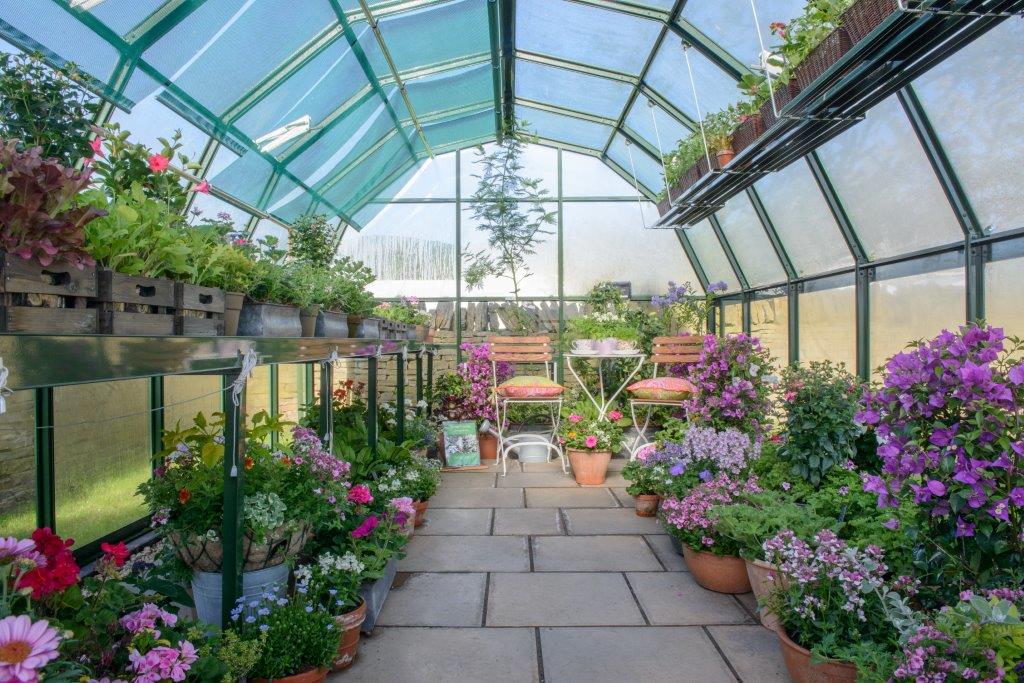How to Grow the Best Vegetables in a Greenhouse

Imagine stepping into a lush, verdant oasis where the air is warm and humid, and the scent of fresh greenery fills your nostrils. This is not a tropical paradise but your very own greenhouse, brimming with the best vegetables you’ve ever grown. Greenhouse gardening offers a controlled environment that allows you to cultivate a bountiful harvest year-round. Whether you’re a seasoned gardener or a novice, this guide will walk you through the essential steps to grow the best vegetables in a greenhouse.
Understanding the Benefits of Greenhouse Gardening
Greenhouse gardening offers numerous advantages over traditional outdoor cultivation. The controlled environment protects your plants from pests, harsh weather conditions, and diseases. This means you can grow a wider variety of vegetables, even those that are typically out of season. Moreover, greenhouses allow you to optimize growing conditions, ensuring your plants receive the perfect balance of light, water, and nutrients.
Choosing the Best Vegetables to Grow in a Greenhouse
When selecting the best vegetables for your greenhouse, consider factors such as space, climate, and your personal preferences. Some of the best greenhouse crops include:
- Tomatoes: Known for their love of warmth and humidity, tomatoes thrive in greenhouses.
- Cucumbers: These plants require consistent temperatures and humidity, making them ideal for greenhouse cultivation.
- Peppers: Whether sweet or hot, peppers benefit from the controlled environment of a greenhouse.
- Lettuce and Spinach: These leafy greens grow quickly and can be harvested multiple times.
- Herbs: Basil, parsley, and cilantro are just a few herbs that flourish in greenhouses.
Setting Up Your Greenhouse for Success
Location and Structure
The first step in successful greenhouse gardening is choosing the right location. Ideally, your greenhouse should be situated in an area that receives plenty of sunlight, especially during the winter months. A south-facing position is often best. Additionally, ensure your greenhouse is well-ventilated to prevent overheating and excessive humidity.
Temperature and Humidity Control
Maintaining the right temperature and humidity is crucial for the health of your greenhouse plants. Most vegetables prefer temperatures between 70-85°F (21-29°C) during the day and 55-65°F (13-18°C) at night. Humidity levels should be around 50-70%. Use heaters, fans, and misting systems to regulate these conditions.
Lighting
While natural sunlight is ideal, supplemental lighting may be necessary during the shorter days of winter. LED grow lights are energy-efficient and provide the full spectrum of light needed for vegetable cultivation.
Essential Greenhouse Tips for Optimal Growth
Soil and Nutrients
High-quality soil is the foundation of a successful greenhouse garden. Use a well-draining potting mix enriched with organic matter. Regularly test your soil pH and nutrient levels to ensure your plants are getting what they need.
Watering
Consistent watering is essential for greenhouse plants. Use a drip irrigation system or water by hand, ensuring the soil is evenly moist but not waterlogged. Avoid overhead watering to prevent fungal diseases.
Pest and Disease Management
Even in a controlled environment, pests and diseases can be a problem. Regularly inspect your plants for signs of infestation or illness. Use organic pesticides and fungicides as needed, and practice good hygiene by removing dead leaves and debris.
Best Practices for Indoor Vegetable Gardening
Rotation and Companion Planting
Rotate your crops to prevent soil depletion and reduce the risk of pests and diseases. Companion planting, such as pairing tomatoes with basil, can also enhance growth and deter pests.
Pruning and Training
Regular pruning and training help maximize space and encourage healthy growth. Remove dead or diseased leaves and train vining plants like cucumbers and tomatoes to grow vertically.
Harvesting
Harvest your vegetables at the right time to ensure the best flavor and nutritional value. Regular harvesting also encourages continued growth and higher yields.
Conclusion
Growing the best vegetables in a greenhouse is a rewarding experience that allows you to enjoy fresh, homegrown produce year-round. By understanding the benefits of greenhouse gardening, choosing the right vegetables, setting up your greenhouse correctly, and following essential tips and best practices, you can cultivate a thriving indoor garden.
So, are you ready to embark on this green-thumbed adventure? Remember, every seed you plant is a step towards a healthier, more sustainable lifestyle. Happy gardening!
FAQs
What are the best vegetables to grow in a greenhouse during winter?
- During winter, focus on cool-season crops like lettuce, spinach, kale, and radishes. These vegetables thrive in cooler temperatures and shorter daylight hours.
How often should I water my greenhouse plants?
- Watering frequency depends on the type of plant and the conditions in your greenhouse. As a general rule, water when the top inch of soil feels dry. Use a moisture meter for accuracy.
Can I grow vegetables in a greenhouse without supplemental lighting?
- While some vegetables can grow without supplemental lighting, many benefit from additional light during the winter months. LED grow lights are a great option for ensuring your plants get enough light.
How do I control pests in my greenhouse?
- Regularly inspect your plants for pests and use organic pesticides as needed. Maintain good hygiene by removing dead leaves and debris, and consider introducing beneficial insects like ladybugs.
What is the ideal temperature for growing vegetables in a greenhouse?
- Most vegetables prefer daytime temperatures between 70-85°F (21-29°C) and nighttime temperatures between 55-65°F (13-18°C). Use heaters and fans to regulate these conditions.


0 Response to "How to Grow the Best Vegetables in a Greenhouse"
Post a Comment